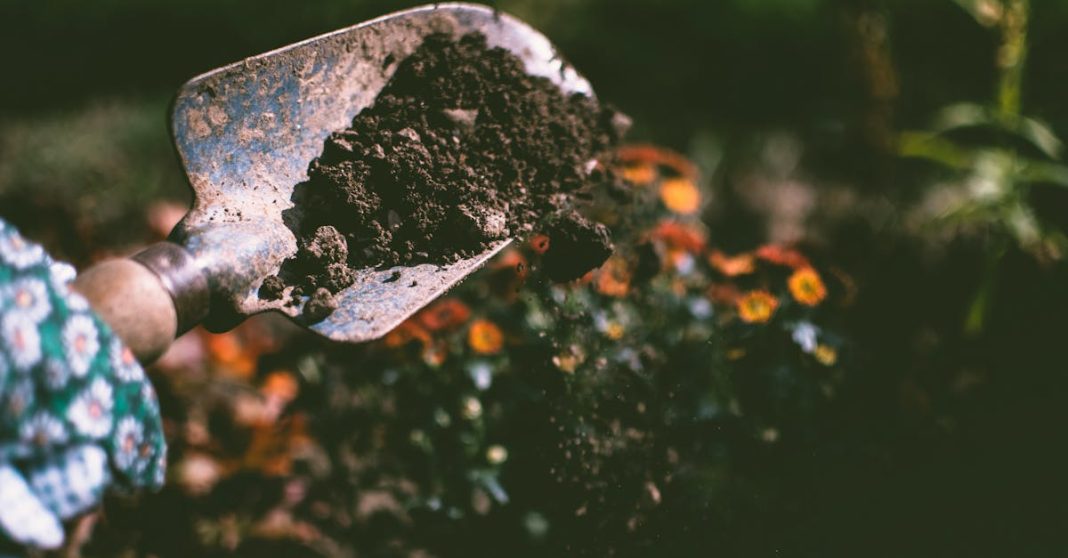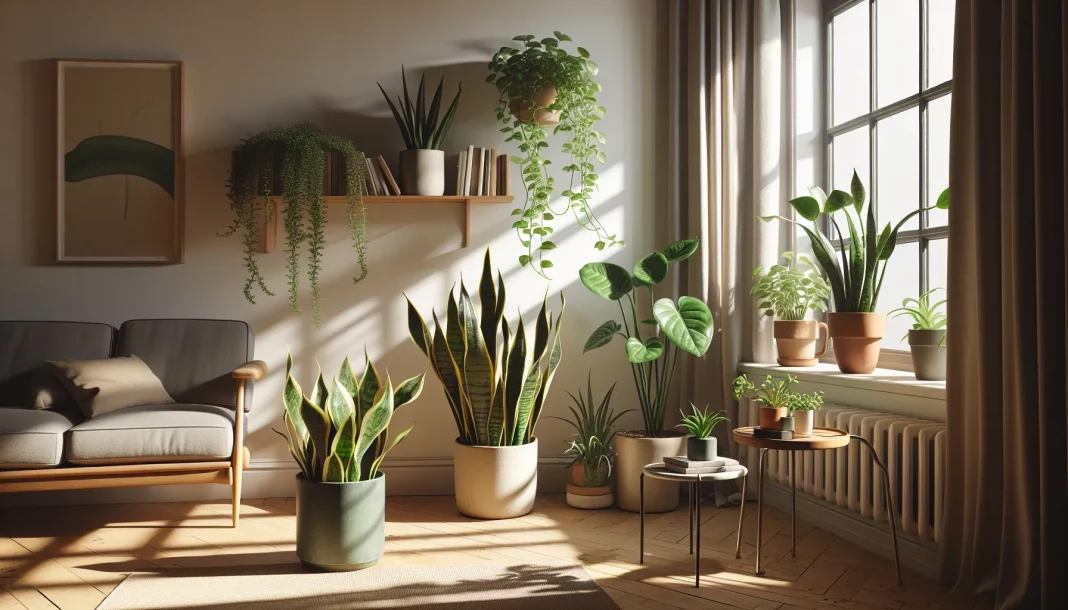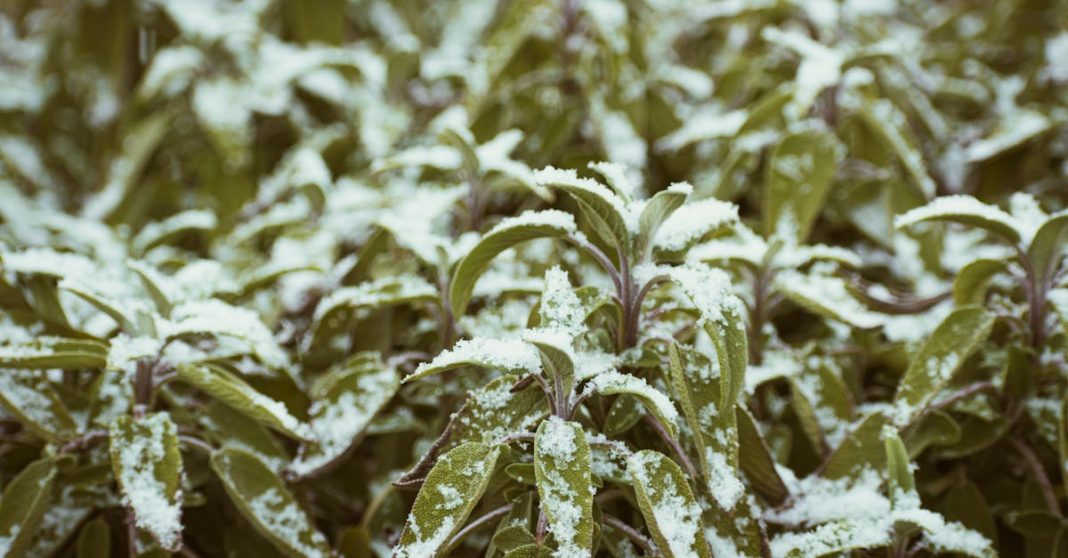If you’ve ever watched your prized plants wither away even though your best efforts, I know exactly how frustrating, and frankly, baffling, it can be. Sometimes, you water diligently, feed them quality nutrients, and even talk to them (I won’t judge), yet they still stubbornly refuse to thrive.
Here’s the hard truth: the culprit may not be obvious. More often than not, the true saboteur is lurking underfoot, your soil. Let me guide you through the ways your soil could be silently sabotaging your garden and what you can do about it.
Understanding Soil Health and Its Impact on Plants
Healthy soil is more than just dirt. It’s a complex, living system teeming with microscopic organisms, organic matter, minerals, and air pockets, all working together to support plant life. When soil health falters, it sets off a domino effect that impacts everything above ground.
Let me break this down: healthy soil does three fundamental things. First, it allows plant roots to breathe and grow. Second, it delivers water and nutrients effectively. And third, it supports a rich ecosystem of beneficial microbes that help plants fend off stress and disease. If your soil loses one or more of these abilities, your plants start to struggle, often in ways that are easy to misdiagnose as watering or light issues.
Ignoring soil health is like building a house on a rotten foundation. The structure may stand at first, but sooner or later, problems will catch up. That’s why getting to know your soil is step one in solving plant health mysteries.
Common Soil Problems That Harm Plants
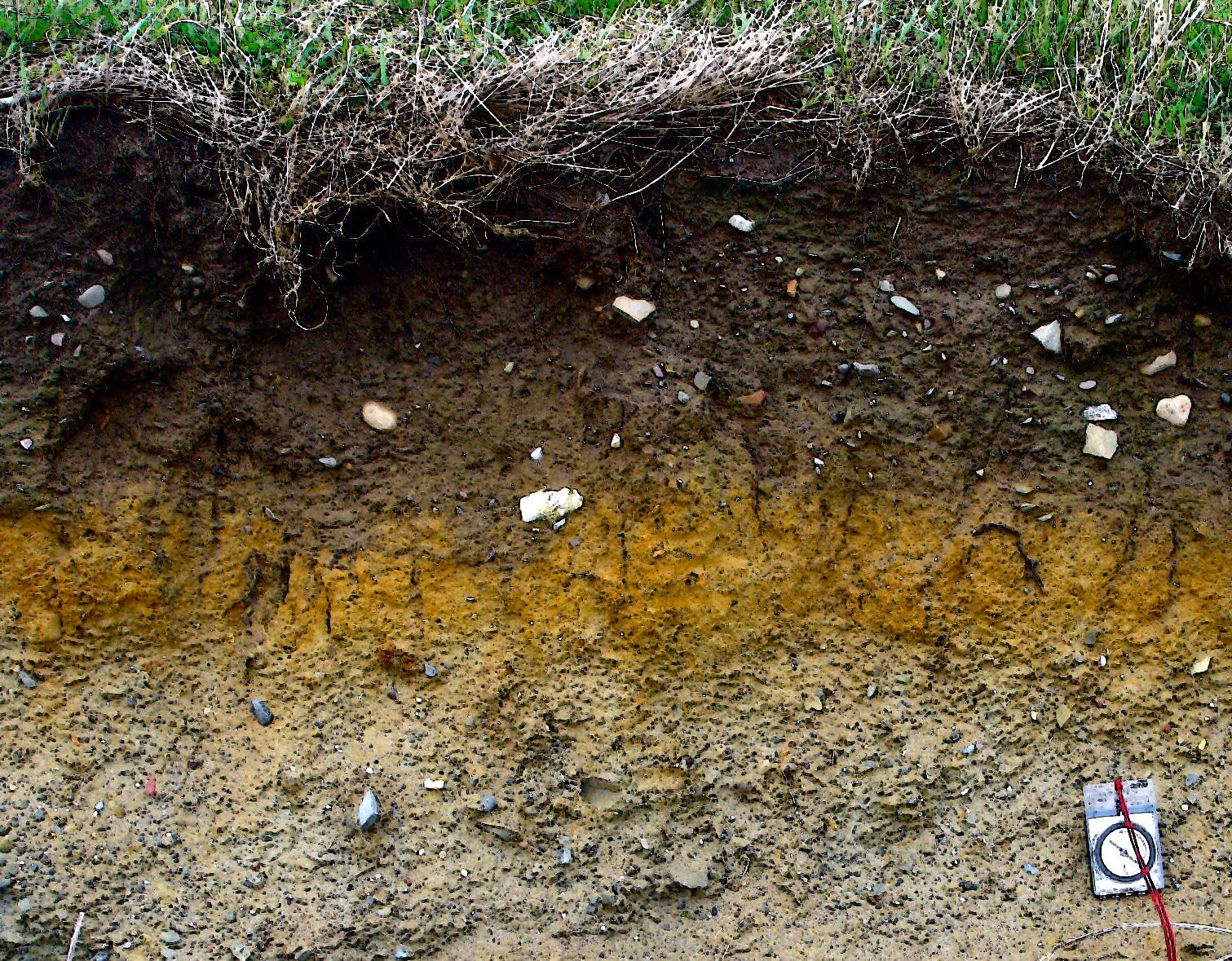
From years of tending gardens and helping others troubleshoot theirs, I’ve learned there are several frequent offenders when it comes to soil problems:
- Compaction: When soil is too dense or packed down, roots struggle for oxygen and can’t push through. This leads to stunted growth and weak plants.
- Poor Structure: Soil lacking structure (crumbly, with varying particle sizes and organic matter) won’t hold moisture well or allow for healthy root development.
- Excessive Sand or Clay: All sand and no silt/clay causes water to drain too quickly, starving roots. All clay and no sand can cause heavy, sticky soil that holds too much water.
- Contamination: Soil that’s been exposed to heavy metals, pesticide residues, or road salt can become toxic to plants.
- Lack of Organic Matter: Without enough compost or decaying plant material, the soil turns sterile and lifeless.
Each of these issues can have a devastating impact. The signs you notice above ground, yellowing leaves, drooping, poor flowering, often start below the surface.
How Soil pH Affects Plant Growth
If I had a dollar for every struggling plant I’ve seen due to the wrong pH, I’d have a pretty impressive seed collection. Soil pH measures how acidic or alkaline the soil is, on a scale from 0 to 14, with 7 being neutral.
Most garden plants thrive in a slightly acidic to neutral range (about 6.0 to 7.0), but there are exceptions. Azaleas and blueberries, for instance, crave more acidic soil, while many vegetables prefer it closer to neutral. Here’s why pH matters:
- Nutrient Availability: If the soil is too acidic or alkaline, certain essential nutrients become locked up. Plants could be surrounded by food but starve because they can’t absorb it.
- Microbial Activity: Beneficial bacteria and fungi are picky about pH. The wrong environment slows down decomposition and nutrient cycling.
- Toxicity Risks: Some toxins (like aluminum or heavy metals) become more soluble and dangerous at extreme pH levels.
If your plants are yellowing for no obvious reason, or you notice erratic growth patterns, your soil’s pH could be the hidden culprit. Trust me, testing pH is one of the best 15-minute investments you’ll ever make as a gardener. You can even use quite cheap Soil PH testers.
Poor Drainage and Waterlogging Issues
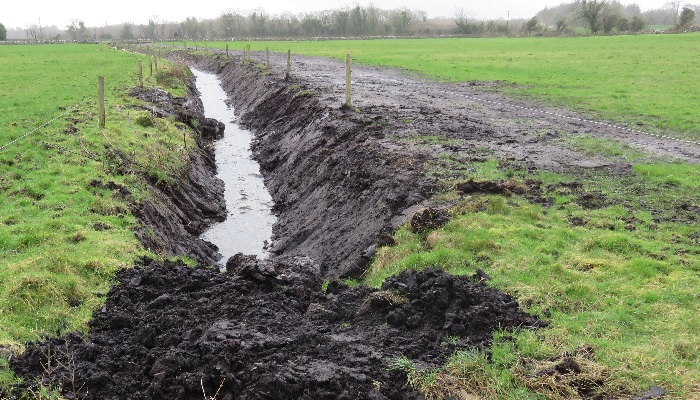
Let’s talk water, one of the sneakiest ways soil can betray you. Plants need moisture, but standing water can be lethal. Poor drainage turns soil into a swamp, starving roots of oxygen and inviting root rot and fungus.
Here’s what to look for:
- Water puddles that hang around long after rain (or watering)
- Plants with wilted, yellow leaves even though being wet
- Foul odors coming from the soil (roots drowning often smell nasty)
I’ve seen even well-tended beds succumb to these issues, particularly if the underlying soil is mostly clay or there’s a hardpan layer below the surface. Drainage problems can be fixed, but you first have to acknowledge them, which can be tough if you think you’re doing everything right.
If you suspect poor drainage, try digging a small hole after a soaking rain. If water pools in the bottom and doesn’t drain within a couple of hours, you’ve likely got a drainage problem that needs addressing.
Nutrient Imbalances and Deficiencies
Nutrient issues are among the trickiest soil problems because, unlike wilting from too much water, deficiencies aren’t always obvious until it’s too late. Soil nutrients, the big three being nitrogen, phosphorus, and potassium, are like a balanced diet for plants. But plants also need micronutrients, like magnesium, iron, and zinc, in tiny amounts.
When nutrients fall out of balance, you can see:
- Pale leaves (possible nitrogen or iron deficiency)
- Purple or red stems and leaves (often a sign of phosphorus deficiency)
- Yellowing between leaf veins (magnesium shortage)
But overcorrecting is just as dangerous. Over-fertilizing can burn roots or lead to toxic build-ups. Too much of one nutrient can also block absorption of others, a phenomenon known as “nutrient antagonism.”
In my experience, you can’t guess your way to healthy soil. Only a proper soil test reveals what your plants are really getting (or missing) every time they put down roots.
Toxic Substances in Soil
Another grim reality is that soil can contain substances actively harmful to plant life. These may come from past industrial use, old building materials, pesticides, or even something as mundane as road runoff.
Common soil toxins include:
- Heavy metals (lead, cadmium, arsenic)
- Persistent pesticides and herbicides
- Excess road salt or de-icing chemicals
- Residues from treated wood (arsenates)
Even compost or mulch made from contaminated sources can introduce toxins. The effects aren’t always dramatic, sometimes it’s just a patch where nothing seems to grow, or recurrent plant diseases that resist all other treatments. Other times, crops absorb toxins and become unsafe to eat.
If you’re gardening close to old houses, busy roads, or in urban areas, you can’t afford to overlook this risk. The only way to be certain is to have your soil professionally tested for contaminants, especially before growing edibles.
Soil-Borne Pests and Diseases
Even impeccable soil can harbor invisible enemies. Soil-borne pests (like nematodes, root maggots) and diseases (fungi, bacteria, viruses) can devastate a garden before you notice there’s trouble.
Some telltale signs:
- Plants that fail to thrive even though optimal care
- Roots with obvious lesions, galling, or rot
- Wilting that seems to happen overnight, sometimes in patches
Certain pests, like root-knot nematodes, are almost impossible to spot without sacrificing a plant to inspect its roots. Fungal pathogens (such as Fusarium or Verticillium) can persist in soil for years, waiting for new victims. And, in some cases, disease spreads from plant to plant at alarming speed.
If you have recurring problems, even after changing your watering or fertilizer routines, chances are your soil has become a breeding ground for these enemies. Rotating crops, using disease-resistant plant varieties, and even solarizing soil are methods I’ve seen work well in managing persistent soil-borne issues.
Diagnosing and Testing Your Soil
Now for the detective work. When plants languish for no clear reason, I always reach for my soil testing kit before anything else. Diagnosing soil health starts with observation: how does the soil look, feel, and smell? Are there earthworms or is it barren? But observation alone only gets you so far.
A comprehensive soil test reveals:
- pH level
- Major nutrients (N, P, K)
- Micronutrient levels (calcium, magnesium, iron, etc.)
- Organic matter content
- Presence of salts or contaminants
Professional labs (through your local extension office, for example) can provide detailed results and, crucially, targeted recommendations for improving your soil. Home test kits are useful for quick checks but not always entirely reliable.
If you’ve never tested your soil, it’s worth the investment, especially if new plants consistently struggle. The right data transforms guesswork into precise, effective action.
Effective Solutions to Revitalize Your Soil
Once you know what’s going on below the surface, you can act with confidence. Here’s what I recommend based on years of trial and error (mostly error, in the early days):
- Amend with Organic Matter: Adding compost, leaf mold, or well-rotted manure boosts both nutrients and microbial life.
- Adjust pH Carefully: Use lime to raise pH or sulfur to lower it, but always follow test results, guessing is risky.
- Improve Drainage: Mix in sand, perlite, or create raised beds for heavy soils. Break up hardpan layers if possible.
- Flush Contaminants: For moderate salt or chemical build-up, heavy watering may dilute toxins. For serious contamination, removal and replacement may be the only answer.
- Targeted Nutrient Supplementation: Add only what’s missing, and don’t over-fertilize.
- Crop Rotation and Cover Crops: Break disease cycles and boost soil health by rotating what you plant and sowing cover crops to replenish organic matter.
- Biological Controls: Use beneficial nematodes or disease-resistant varieties to combat persistent pests and pathogens.
The key is to build soil health, not just react to problems. When in doubt, reach out to local gardeners or extension agents, they often have experience with the unique quirks of your region’s soils.
Conclusion
Too often in gardening, the focus is all on the visible, the lush leaves, colorful blooms, or drooping stems. But after years of working with plants, I’ve learned that true garden health starts (and sometimes ends) below ground. If your soil is out of balance, nothing else you do will matter for long.
Don’t fall into the trap of blaming your plants when the real issue lies under your feet. Invest in understanding, testing, and nurturing your soil, and you’ll find the rest of your gardening efforts become far more rewarding. Your plants, and, I swear, your future self, will thank you.
Key Takeaways
- Soil health is the foundation of plant success and poor soil can be the main reason why your plants are dying.
- Common soil problems—like compaction, poor structure, extreme pH, contamination, or nutrient imbalances—can silently kill your plants despite good above-ground care.
- Testing your soil for pH, nutrients, and contaminants is essential for diagnosing hidden issues that cause plant distress.
- Improving soil with organic matter, managing pH, and ensuring proper drainage are vital steps to prevent your soil from harming plants.
- Addressing soil-borne pests, diseases, and using targeted soil solutions can restore healthy plant growth and transform your gardening results.
Frequently Asked Questions About Soil and Plant Health
Why might my soil be killing my plants even if I water and fertilize regularly?
Even with regular watering and fertilizing, poor soil health—such as compaction, contamination, improper pH, or nutrient imbalances—can prevent roots from absorbing water and nutrients. These hidden soil problems are often the real reason plants fail to thrive.
How does soil pH affect plant growth and health?
Soil pH influences nutrient availability and microbial activity. Most plants prefer slightly acidic to neutral pH (6.0–7.0). When pH is too high or low, essential nutrients become locked up or toxins can become more available, leading to yellowing leaves and poor growth.
What are the signs that my soil has poor drainage?
Signs of poor drainage include water puddles that linger after rain, plants with wilted or yellow leaves, and foul odors coming from the soil. These conditions can suffocate roots and encourage root rot and disease.
How can I test if my soil is harming my plants?
Testing your soil with a home kit or through a professional laboratory can reveal problems with pH, nutrient levels, and contamination. Observing soil texture, smell, and presence of organisms like earthworms can provide additional clues.
What can I do to fix unhealthy soil and help my plants recover?
To fix unhealthy soil, add organic matter like compost, use pH amendments as needed, improve drainage, and only fertilize based on soil test results. Crop rotation and incorporating cover crops can also boost long-term soil health.
Can contaminated soil be made safe for growing edible plants?
Mild cases of contamination can sometimes be addressed by flushing with water and adding organic matter, but severe contamination (heavy metals, pesticides) may require soil removal or replacement. Always test soil, especially in urban or previously industrial areas before growing food crops.


